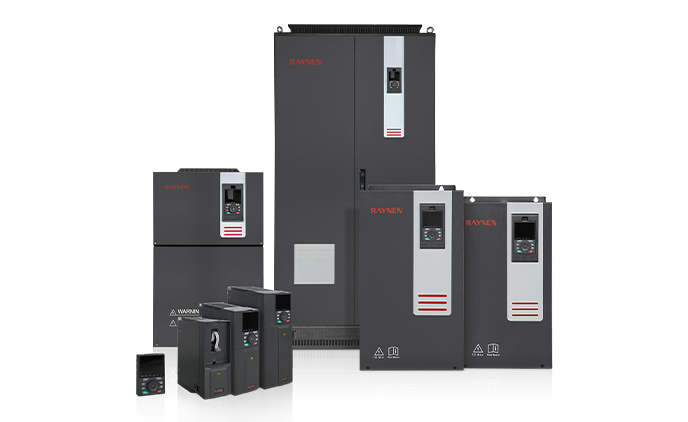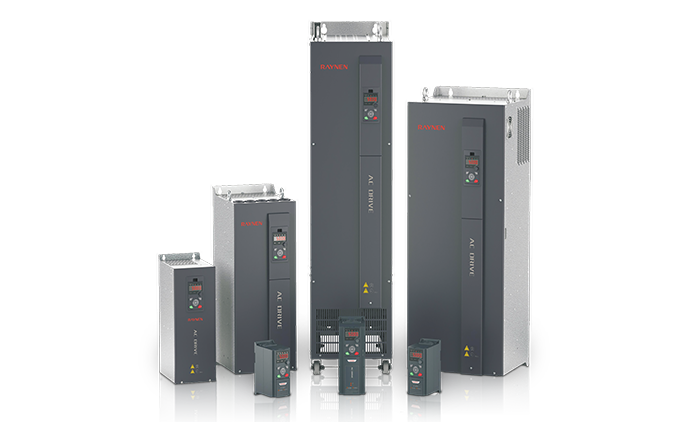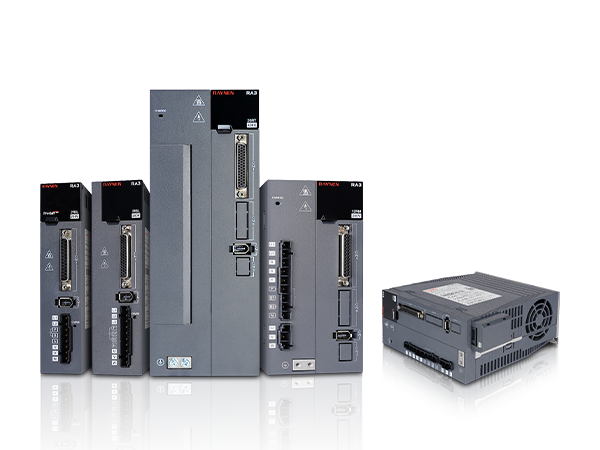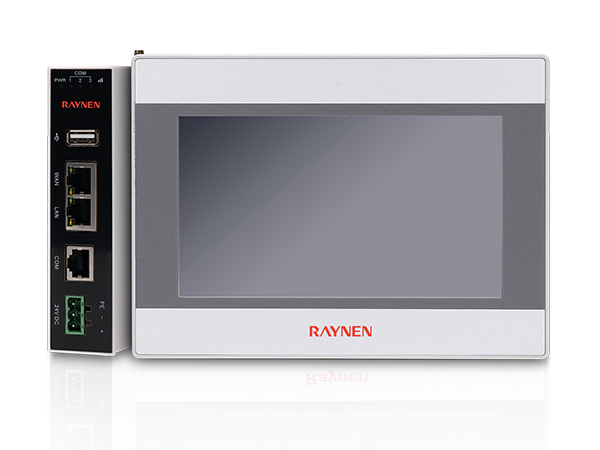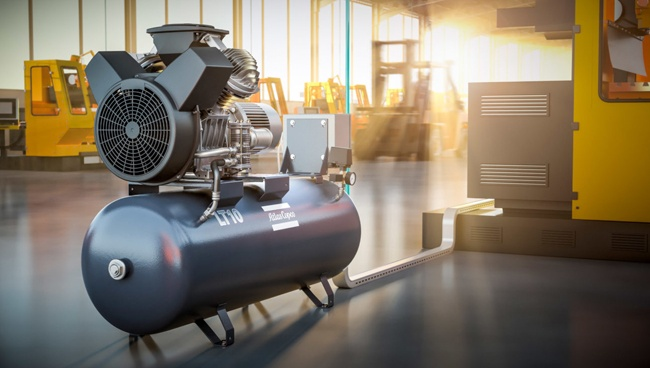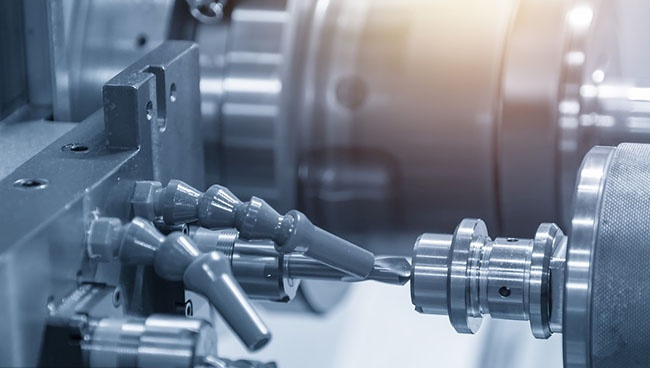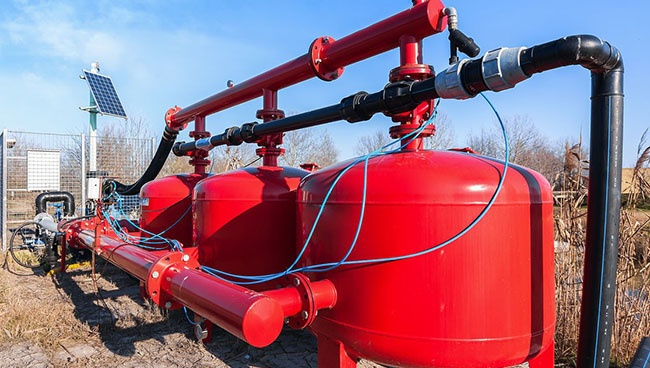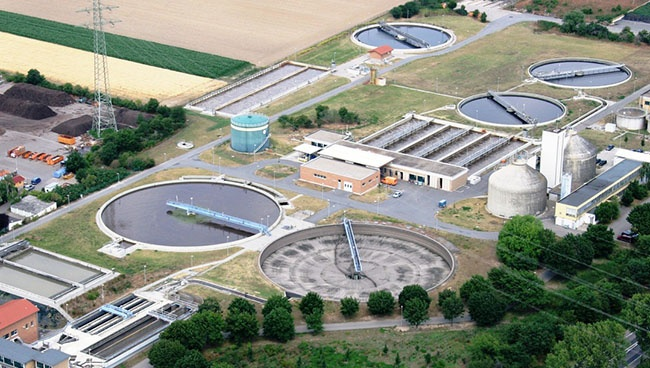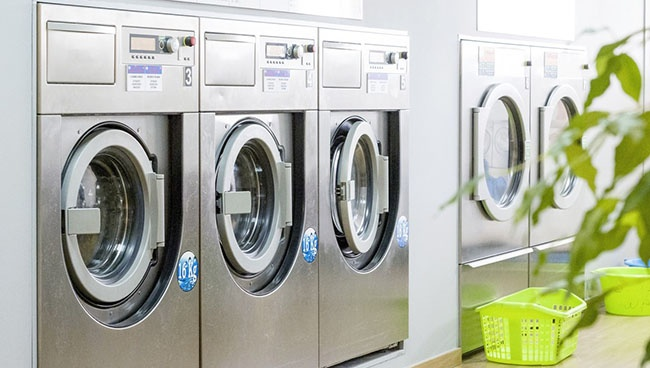1.Introduction to AC Drives (Variable Frequency Drives) In the realm of modern industrial control an......
READ MOREEnhancing Motor Control: The Role of the Low-Voltage Soft Starter
In industrial and commercial applications, the reliable and efficient operation of AC induction motors is paramount. However, the traditional method of direct-on-line (DOL) starting subjects motors and the power system to severe stresses due to high inrush currents and sudden torque surges. A modern solution to this challenge is the Low-Voltage Soft Starter, a sophisticated electronic device designed to provide a gentle, controlled ramp-up of motor speed and current.
Understanding the Starting Challenge
When a standard AC motor is started directly across the line, it typically draws a starting current that can be 5 to 8 times its full-load operating current. This excessive current draw can cause several problems:
- Mechanical Stress: The sudden, high torque applied to the motor shaft, couplings, and connected load (like pumps, fans, or conveyors) leads to premature wear, increased maintenance, and potential damage.
- Electrical Stress: The power system experiences significant voltage dips (sags) due to the large inrush current, which can disrupt sensitive equipment elsewhere on the same network.
- Reduced Life: Repeated high-stress starts shorten the overall lifespan of the motor windings and other components.
How the Low-Voltage Soft Starter Works
A Low-Voltage Soft Starter primarily uses Silicon-Controlled Rectifiers (SCRs) or thyristors connected in series with the motor windings. These semiconductors are precisely controlled by a microprocessor. Instead of applying full line voltage immediately, the soft starter gradually increases the voltage supplied to the motor from a lower, pre-set level up to the full line voltage over a specified time period (the ramp time).
This gradual voltage increase translates to a controlled, corresponding increase in the motor’s current and torque. The result is a smooth, jerk-free acceleration from zero speed up to the motor’s full-speed operating point.
Key Benefits and Applications
The deployment of a Low-Voltage Soft Starter offers numerous operational and financial advantages:
- Current Limitation: By controlling the voltage, the soft starter effectively limits the starting current to a much lower, programmable level (often $300-400%$ of full-load current), mitigating voltage sags and avoiding utility penalties.
- Reduced Mechanical Stress: The smooth, controlled torque profile eliminates mechanical shock, significantly reducing wear and tear on gears, belts, chains, and pipes (e.g., preventing water hammer in pumping systems).
- Extended Motor Life: Lower thermal and mechanical stress on the motor windings and bearings contributes to a longer, more reliable service life.
- Enhanced Process Control: The ability to achieve a controlled stop (often called a soft stop or pump-control stop) is equally valuable. For example, gradually slowing down a pump prevents pressure surges that can damage piping.
- Simplified Design: Compared to other starting methods like wye-delta (star-delta) or primary resistor starters, a modern Low-Voltage Soft Starter offers superior performance and is easier to commission and maintain.
Applications are widespread and include:
- Pumps: Reducing water hammer and preventing pipe damage.
- Fans and Blowers: Minimizing belt slip and mechanical shock.
- Conveyors: Ensuring smooth starting to prevent product spillage or jerking.
- Compressors: Controlling the load and current during the start-up phase.
Soft Starters vs. Variable Frequency Drives (VFDs)
While a Low-Voltage Soft Starter is excellent for controlled starting and stopping, it is often confused with a Variable Frequency Drive (VFD) or inverter. The core distinction lies in their function:
| Feature | Low-Voltage Soft Starter | Variable Frequency Drive (VFD) |
|---|---|---|
| Primary Function | Controlled start/stop by adjusting voltage. | Continuous speed control by adjusting frequency and voltage. |
| Operating Efficiency | High efficiency during start-up, switches to a bypass contactor for continuous run (full efficiency). | Can have slight losses even at full speed due to power electronics. |
| Cost & Complexity | Lower cost, less complex to install and program. | Higher cost, more complex to install, may require harmonic filtering. |
| Speed Control | No running speed control (runs at full speed after ramp-up). | Full, precise speed control (0 to $100%$ of rated speed). |
In most scenarios where only current and torque management during start-up is required, a Low-Voltage Soft Starter provides the most cost-effective and efficient solution. If continuous speed regulation is needed, a VFD is the appropriate choice.
Conclusion
The Low-Voltage Soft Starter has become an indispensable component of modern industrial motor control systems. By providing a smart, electronic alternative to high-stress starting methods, it ensures operational stability, protects valuable mechanical assets, and contributes to the overall energy efficiency and longevity of motor-driven applications. Selecting the right soft starter ensures smoother operations and a significant reduction in maintenance costs over the equipment’s lifecycle.

 English
English Español
Español عربى
عربى

